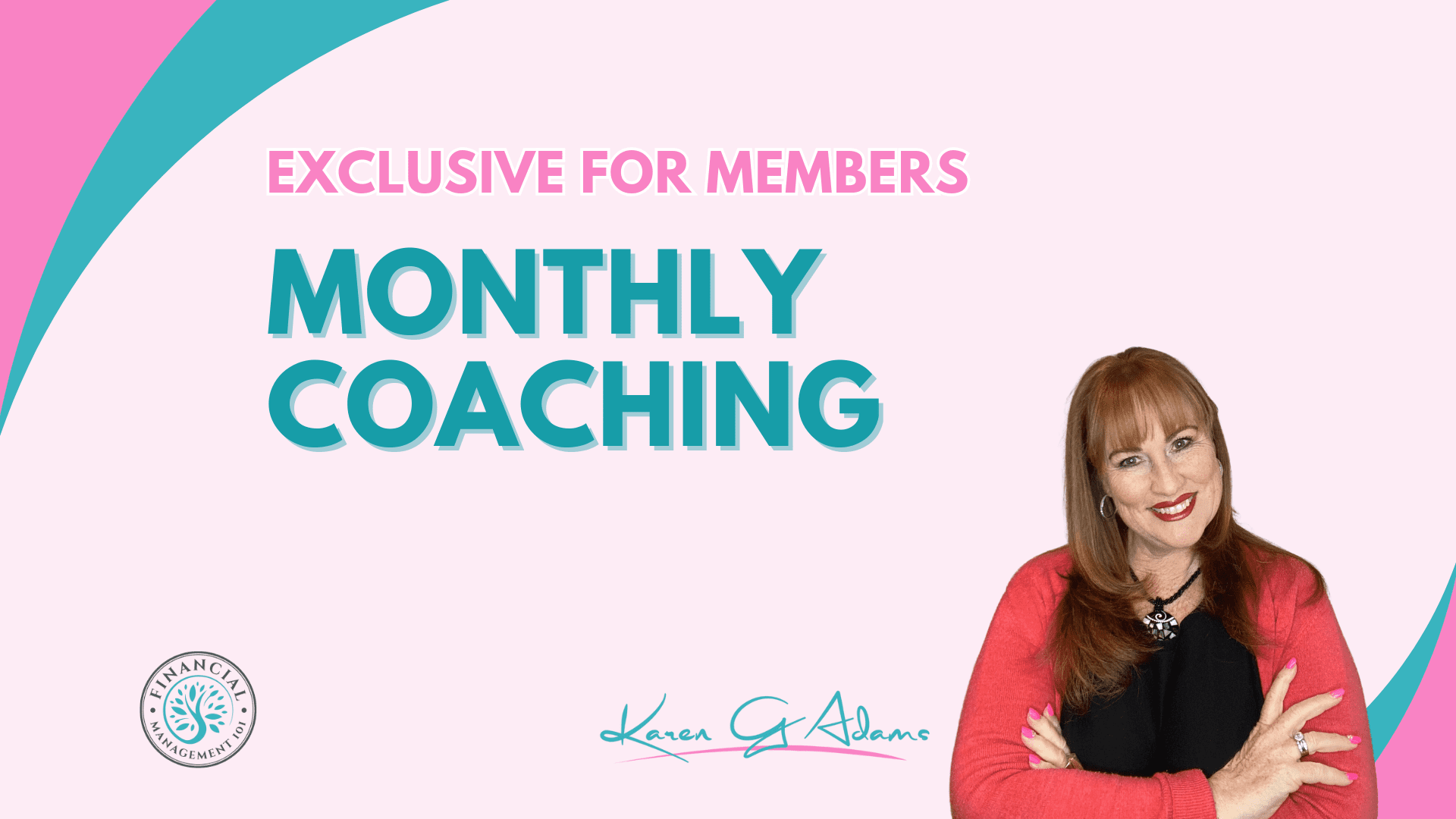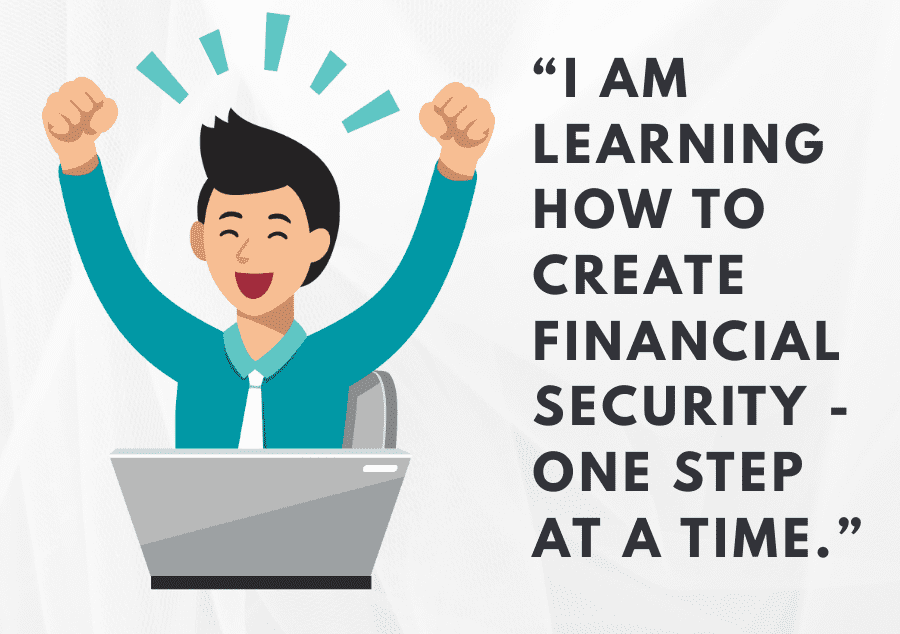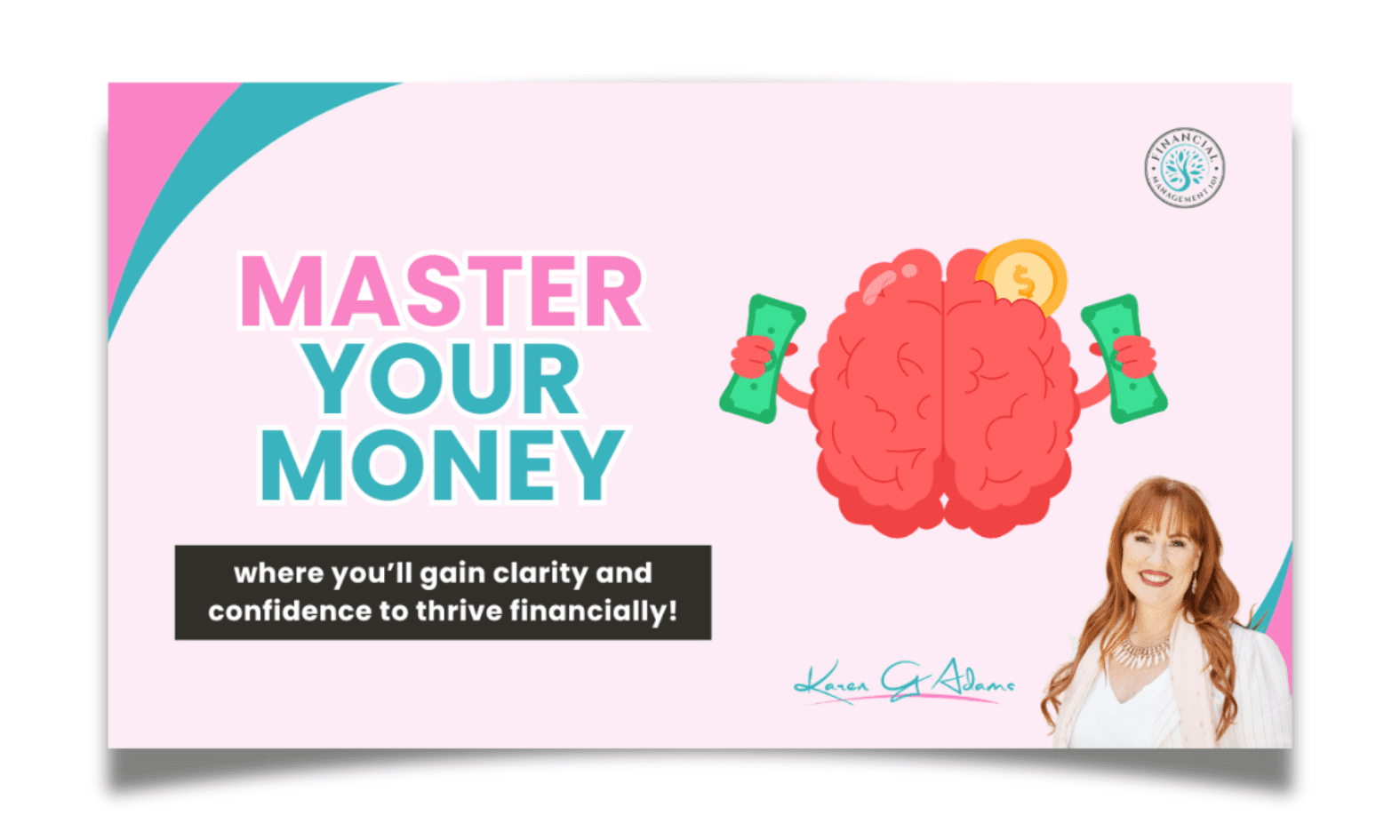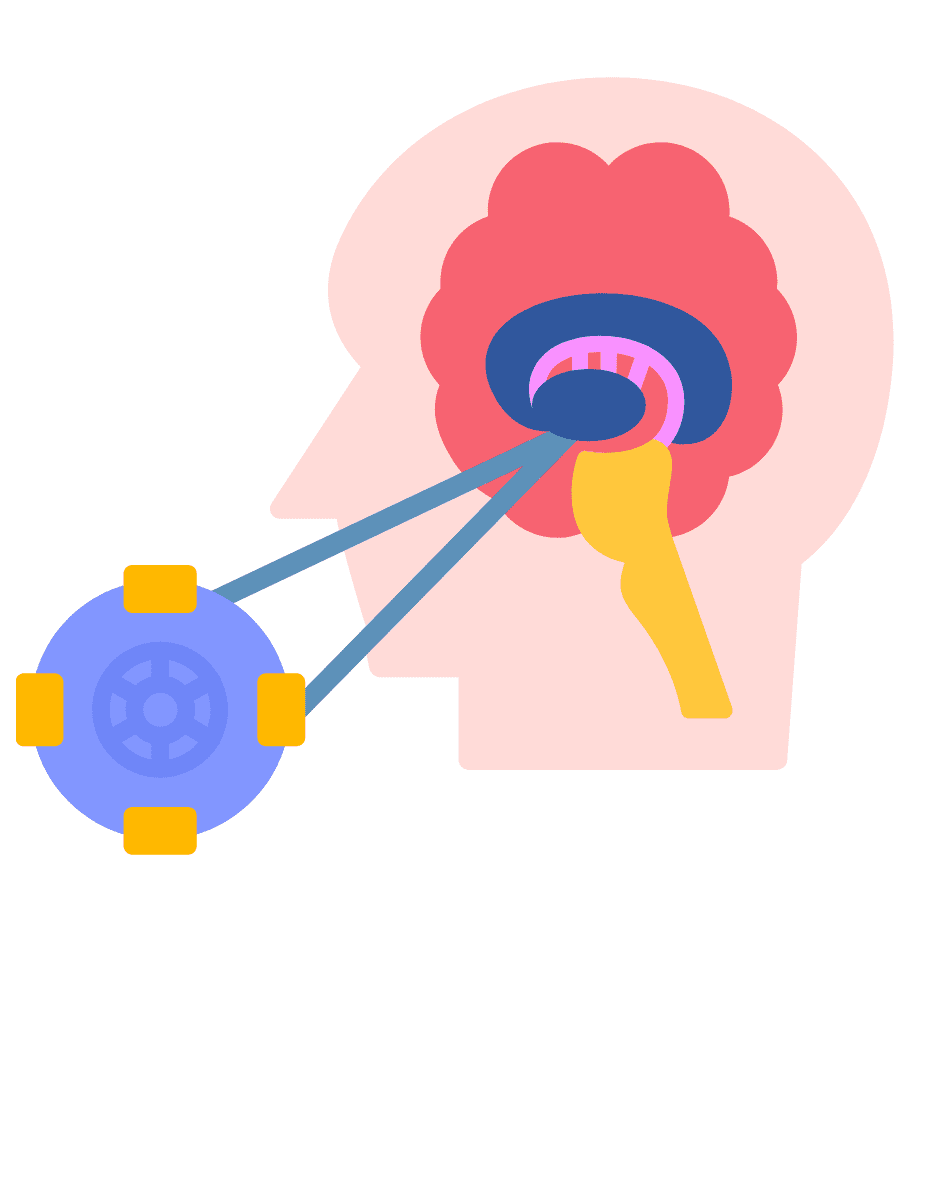
The Holiday Season Budget Blueprint: Save Big Without Sacrificing Joy
The holiday season is often painted with glitter and gold – literally and financially. Between decorations, gifts, food, travel, and events, it can feel like every December demands a sky-high budget. But here’s the truth: you can absolutely have a joyful, memorable holiday without draining your bank account or maxing out your credit cards.
Enter the Holiday Season Budget Blueprint: a practical, five-step guide to help you spend wisely, celebrate fully, and start the new year without a financial hangover. It’s not about saying “no” to the fun stuff – it’s about saying “yes” to the things that truly matter.
Let’s break it down.
Step 1: Define What Matters Most
Before you open your wallet, take a step back and ask: What do I want this holiday season to feel like?
Is it about quality time, rest, giving back, tradition, creativity, or connection? When you define your values first, it becomes easier to:
- Cut unnecessary spending
- Set clear priorities
- Say no to what doesn’t align with your goals
Remember: Your budget isn’t just a money tool – it’s a reflection of your values.
Step 2: Set a Realistic, All-Inclusive Budget
Next, figure out your total holiday spending limit. This number should come from your current financial reality, not wishful thinking or social pressure. Include:
- Gifts
- Food and drinks
- Travel and accommodations
- Decorations
- Wrapping supplies and cards
- Event tickets or outings
- Donations and giving
- Festive extras (e.g., matching pajamas, holiday movies, etc.)
Bonus: Build in a “buffer” of 10% for those inevitable last-minute expenses.
Pro tip: If you haven’t started a holiday sinking fund yet, this is your sign to plan one for next year. Even $20/month makes a big difference by December.
Step 3: Create a Budget Blueprint That Works for You
Once you have your total holiday budget, break it into categories that fit your life.
Example Blueprint (for a $600 budget):
- Gifts: $300
- Food/Entertainment: $100
- Travel: $75
- Decorations: $50
- Charitable Giving: $25
- Misc/Fun: $50
Now, get specific:
- List who you’re buying gifts for and set a per-person amount
- Plan your meals or parties and estimate costs
- Look up travel prices now to avoid inflated last-minute bookings
Don’t forget digital tools:
- Budgeting apps (EveryDollar, YNAB, Mint)
- Spreadsheets – my budget/spending plan
- Cash envelope system
The key is to track as you go. Awareness prevents overspending.
Step 4: Use Smart Saving and Spending Strategies
Now for the fun part: making your budget go further without cutting the joy.
Holiday Saving Hacks:
- Use cashback apps (Rakuten, Honey, Fetch)
- Stack coupons and loyalty points
- Shop early to spread out costs
- Buy in bulk or split bundles with others
- Thrift or upcycle decor and outfits
Joyful (But Budget-Friendly) Alternatives:
- Experiences over things: movie nights, game nights, or DIY spa days
- DIY gifts: baked goods, photo albums, handmade crafts
- Shared hosting: make events potluck-style to share food and fun
- Decor on a dime: nature-inspired decor, secondhand finds, or family DIY sessions
With a little creativity, you can keep the festive spirit alive and keep your spending aligned with your values.
Step 5: Celebrate With Intention, Not Obligation
This one’s big: don’t let expectations drive your spending. Just because “you always do it this way” doesn’t mean you have to this year.
Say no to:
- Oversized gift exchanges that cause stress
- Events that don’t bring joy or fit your budget
- Trying to match what others are doing on social media
Say yes to:
- Meaningful moments over material things
- New traditions that reflect your current season of life
- Giving from the heart, not the wallet
When you let go of obligation, you make space for a holiday that’s truly aligned with your values and your finances.
Final Thoughts: Make Your Holiday Budget Work For You
The best holiday memories often come from the simple things: laughter, traditions, and time spent with the people who matter most. When you take control of your money with a clear budget, you remove stress and open up space for genuine joy. Remember, the holidays aren’t about how much you spend, they’re about how fully you show up. With a blueprint in place, you can step into the season with confidence, celebrate with intention, and start the new year feeling empowered instead of overwhelmed.
Want more support in building healthy money habits all year round? Join my Monthly Coaching Program and let’s strengthen your financial muscle together!






















